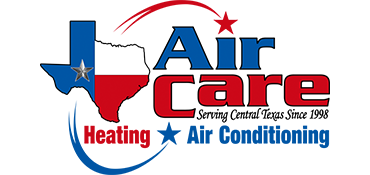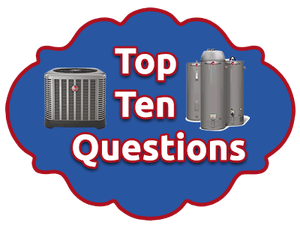
Call Us!
254-
Air Care
Ph 254-

All trademarks or registered trademarks on this site are owned by the respective owners.
Website Maintained by e-
Copyright © 2018-
Lic# TACLB169353






Top 10 Heating & Air Questions

What are the top ten heating and air conditioning problems and questions
I am asked?
Q: What temperature should I run my thermostat in heating and cooling mode?
A: The industry standards recommend 78 degrees cool and 68 degrees heat.
Q: How often should I have my coils cleaned?
A: Every year they should be checked when your system is serviced.
Q: When should I get my A/C system serviced?
A: Once in the spring (before summer) and once in the fall (before winter).
Q: Why does my A/C drain line seem to clog up every year?
A: Because dirt and sludge form in the drain line from condensation.
Q: How do I know if carbon monoxide is leaking from my heater?
A: Using a CO2 Analyzer by a qualified person (Air Care Heating and Air Conditioning)
Q: What is the best brand of an A/C system?
A: Personal preference (warranty is always good to know!)
Q: What is a good seer rating?
A: The higher the seer, the more energy efficient it is to operate.
Q: Does a heat pump work well in this area?
A: Heat pumps work great in this area, as the winters are mild.
Q: How do I know if my system is still under warranty?
A: Call Air Care with a model and serial number and I would be pleased to help you.
Q: What all is included in a service call?
A: During A/C season we check coils (evaporator, condenser), Freon pressures, drain line, tighten electrical connections, lubricate moving parts if applicable (motors), check amps on system (motors, compressors, etc), inspect thermostat, and check the filter or filters.
During the heat season, we check evaporator and condenser coils, flush the drain line, check pressures on the heat pump, check emergency heating elements, check electrical connections for tightness, check amps on electrical heater, check for carbon monoxide leakage from natural gas heater with a CO2 tester, lubricate moving parts if applicable, inspect the thermostat, and check the filter or filters.